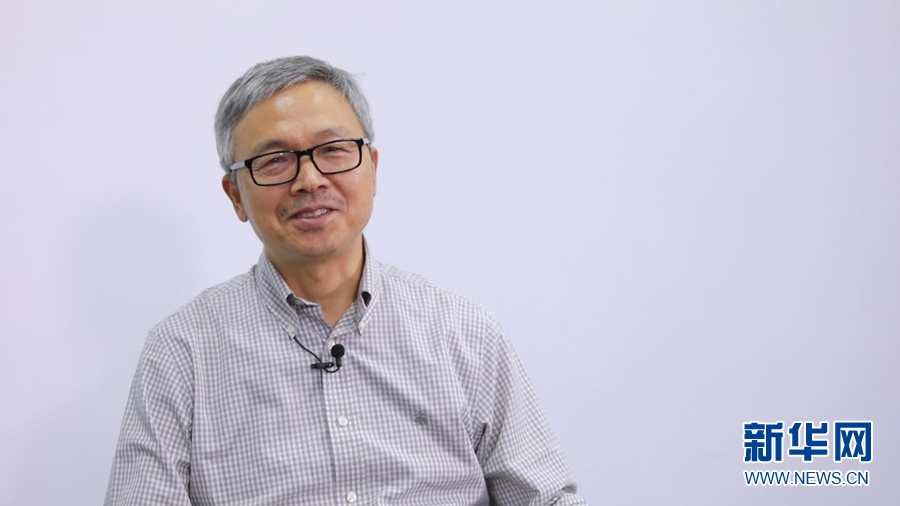Upon the 40th Anniversary of Shenzhen Special Economic Zone | Xueming YANG: Driving Innovation with Self-developed Scientific Apparatus
2020-08-10
The year of 2020 marks the 40th anniversary of the founding of Shenzhen Special Economic Zone, Guangdong Province, Southern China. The rapid development of artificial intelligence, 5G technology and information industry over the past four decades demonstrates that innovation is the core driving engine behind Shenzhen’s growth. As shenzhen is going to build a demonstration pilot zone for socialism with Chinese characteristics to deepen China’s reform and opening-up and better develop the Guangdong-Hong Kong-Macao Greater Bay Area, what’s the next steps it should go?
Recently, Xueming YANG, an academician of Chinese Academy of Sciences, dean of College of Science, Southern University of Science and Technology (SUSTech), and a member at Federation of Guangdong Academicians spoke about his perspective in an interview with Xinhua Net. He believed the key to Shenzhen’s sustainable growth lies in the breakthroughs in core technologies, particularly the capability in state-of-the-art apparatus R&D.

Xueming YANG, academician of Chinese Academy of Sciences, dean of College of Science, SUSTech, and a member at Federation of Guangdong Academicians ( by Huan YU, Xinhua Net)
Investment to High-level Apparatus R&D for Significant Technology Breakthroughs
Tackling scientific issues with self-developed apparatus is a major characteristic throughout xueming YANG’s research. By making innovations in device development, he has made substantial progresses in chemical reaction dynamism, including the comprehensive research apparatus based on turnable extreme ultraviolet coherent light source, a large-scale free electron laser user device. 90% of which was generated by their own team. In his opinion, instruments is a major driving force behind scientific and technological growth, the more developed the apparatus is, the deeper the basic research will be. At present, there are still some advanced instruments need to be imported in China, resulting in more costs and delayed progress in scientific research. As Yang believed, continuous investment in apparatus could really help technological breakthroughs, constituting the raw power of scientific research.
Improving Apparatus Layout to Promote Ingenious Innovation
Ingenious innovation is an inherent engine for Shenzhen’s sustainable and remarkable growth. In 2019, the government doubled the budget for science and technological development, 30% of which was committed to basic research and applied basic research.
Today, major science infrastructure clusters have been in place in Shenzhen, reflected in the “Cloud Brain”, “Cloud Network” in Pengcheng Laboratory, the Science Town in Guangming District, and the great apparatus for synthetic biological research, brain interpretation and brain simulations.
Xueming Yang regards scientific apparatus as the key to core research breakthroughs, which could strengthen applied research capability for more urban innovations, and attract a number of high-caliber talents to sustain scientific breakthroughs.
Yang also shared his innovation methodology. “On one hand, scientific innovation should be integrated with industrial development, thus promoting the application in real economy, on the other hand, the research progress should be well industrialized and serve the needs of the social developments.”
Cultivating All-round Developed Talents with an Interdisciplinary Approach
As dean of College of Science, Southern University of Science and Technology, Xueming YANG proposed that an interdisciplinary approach could be adopted in talent cultivation.
“Honestly speaking, science and technology development is supported by expertise in various fields, and the development of a semi-conductor alone cloud call for talents in more than 20 fields, just an example.” He said.
In looking back on the days when he sketched the first drawing of a sophisticated instrument, he said that it not only required expertise in physics and chemistry, but also in engineering.
“It takes time to make innovation in basic research, that’s why persistence and the spirit of blazing new trails are importance, and this should be the very direction in our talent cultivation.”




